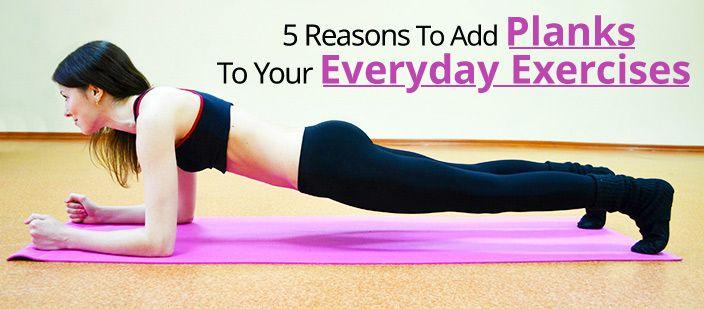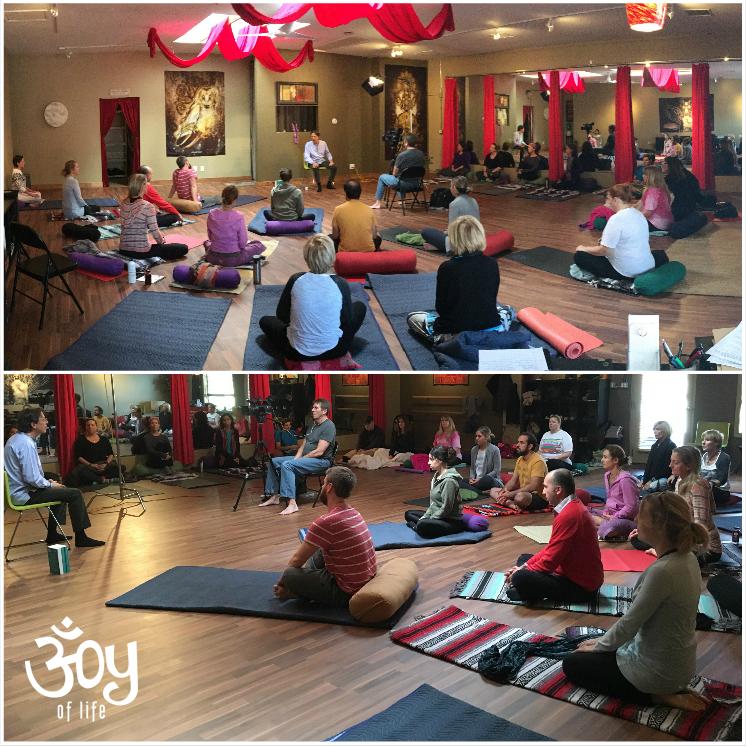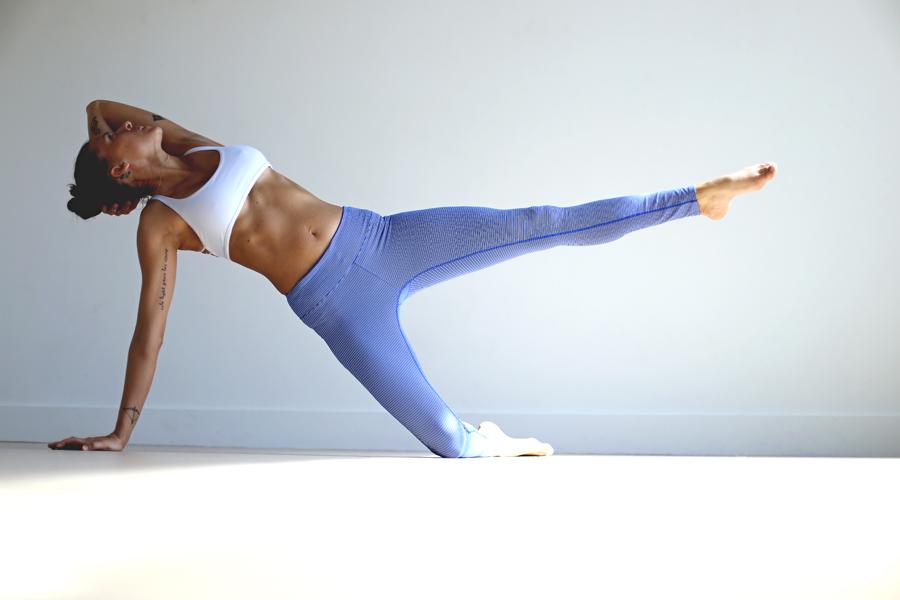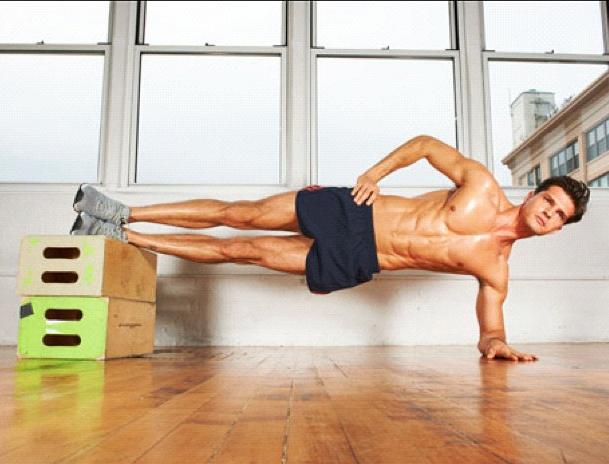Planking, a deceptively simple exercise, often becomes a cornerstone of fitness routines due to its ability to strengthen the core and improve overall stability. However, achieving the maximum benefits from this exercise requires more than just holding the position for a set duration. In this guide, we’ll explore how to get the most out of your planks, ensuring that each second spent in this posture contributes effectively to your fitness goals. Whether you’re a beginner just starting out or a seasoned athlete looking to refine your technique, our empathetic approach will help you understand the nuances of planking. We’ll address common challenges and provide practical tips to enhance your form and endurance. Let’s dive in and transform your planking routine into a powerful tool for achieving a stronger, more resilient body.
Perfecting Your Form for Maximum Benefits
Getting the most out of your plank exercise requires paying close attention to your form. Correct form not only enhances the effectiveness of the exercise but also minimizes the risk of injury. Here’s how you can ensure your plank posture is spot on:
- Align Your Body: Imagine a straight line running from your head to your heels. Your shoulders should be directly above your elbows, and your back should remain flat, avoiding any arching or sagging.
- Engage Your Core: Tighten your abdominal muscles as if you’re preparing to take a punch. This engagement is crucial for maximizing core activation.
- Focus on Breathing: Inhale through your nose and exhale through your mouth. Maintaining a steady breathing pattern helps you hold the plank longer without compromising form.
Let’s take a closer look at the key elements of plank form:
| Element | Description |
|---|---|
| Head Position | Keep your neck neutral, gaze slightly ahead to avoid straining your neck. |
| Shoulder Alignment | Ensure shoulders are stacked directly over elbows to maintain stability. |
| Hips | Keep hips level, avoiding upward or downward tilt. |
| Feet Placement | Feet should be hip-width apart for balance and support. |
Remember, quality always trumps quantity. It’s better to hold a plank with perfect form for a shorter duration than to maintain a poor posture for longer. Listen to your body and adjust as necessary to ensure you’re reaping the full benefits of this powerful exercise.

Engaging the Right Muscles for Core Stability
When it comes to core stability, it’s essential to focus on engaging the right muscles to ensure you’re getting the most out of your planks. A common mistake is to rely too heavily on the arms or legs, which can detract from the core’s work. To maximize effectiveness, ensure your body forms a straight line from head to heels, with your abdominal muscles activated.
- Transverse Abdominis: Think of this muscle as your body’s natural corset. It’s crucial for stability. Imagine pulling your belly button towards your spine to engage this muscle.
- Rectus Abdominis: Often referred to as the “six-pack” muscle, it helps in flexing the lumbar spine. Keep it engaged by maintaining a slight posterior pelvic tilt.
- Obliques: These muscles help in rotation and lateral flexion. To activate them, focus on maintaining tension along the sides of your waist.
- Glutes: Squeeze these muscles to support your lower back and keep your hips aligned.
| Muscle Group | Engagement Tip |
|---|---|
| Transverse Abdominis | Draw in your abdomen |
| Rectus Abdominis | Posterior pelvic tilt |
| Obliques | Maintain side tension |
| Glutes | Squeeze tightly |
By focusing on these muscles, you not only improve your core strength but also enhance overall body stability. Remember, quality over quantity; even a few seconds in the correct position is more beneficial than minutes with improper form.

Breathing Techniques to Enhance Your Plank Experience
Incorporating proper breathing techniques into your plank routine can significantly enhance your stability and endurance. By focusing on your breath, you can maintain your form and stay in the plank position longer, making your workout more effective. Here’s how you can use breathing to your advantage:
- Deep Diaphragmatic Breathing: Inhale deeply through your nose, allowing your diaphragm to expand, and exhale slowly through your mouth. This technique helps in engaging your core muscles more effectively, providing additional support.
- Rhythmic Breathing: Establish a steady breathing rhythm to maintain a calm and focused mindset. For instance, try inhaling for a count of four, holding for a count of two, and exhaling for a count of four. This rhythmic approach helps in reducing tension and increasing endurance.
- Mindful Exhalation: Focus on exhaling during the most challenging part of the plank. As you feel your muscles start to fatigue, a strong exhalation can help you push through the discomfort by stabilizing your core and relieving stress.
| Breathing Technique | Benefit |
|---|---|
| Deep Diaphragmatic Breathing | Improves core engagement |
| Rhythmic Breathing | Increases endurance |
| Mindful Exhalation | Stabilizes core |
By integrating these breathing techniques, you not only enhance your plank performance but also cultivate a deeper connection with your body. Remember, a mindful approach to exercise is just as important as the physical effort itself.

Incorporating Variations to Challenge and Progress
When it comes to making your plank routine more effective, introducing variations can be a game changer. Not only do these changes prevent monotony, but they also target different muscle groups, adding a new level of challenge and facilitating progress. Here are a few creative variations to consider:
- Side Planks: Engage your obliques by shifting your weight to one arm and turning your body sideways. Hold for a count, then switch sides.
- Plank Jacks: Start in a traditional plank position and jump your feet in and out, similar to a jumping jack. This adds a cardio component to your core workout.
- Single-Leg Planks: Lift one leg off the ground while maintaining your plank form. This increases the intensity and demands more from your stabilizing muscles.
To keep track of your progress and ensure you’re continually challenging yourself, consider maintaining a plank variation schedule. This will help you systematically incorporate new movements into your routine. Here’s a simple schedule to get you started:
| Week | Variation | Focus Area |
|---|---|---|
| 1-2 | Standard Plank | Core Stability |
| 3-4 | Side Plank | Obliques |
| 5-6 | Plank Jacks | Cardio & Core |
| 7-8 | Single-Leg Plank | Balance & Core |
Remember, the key to effective progression is listening to your body. If a variation feels too easy, it might be time to add another challenge, such as increasing hold time or integrating a more complex movement. Keep it exciting, and your core will thank you!








































